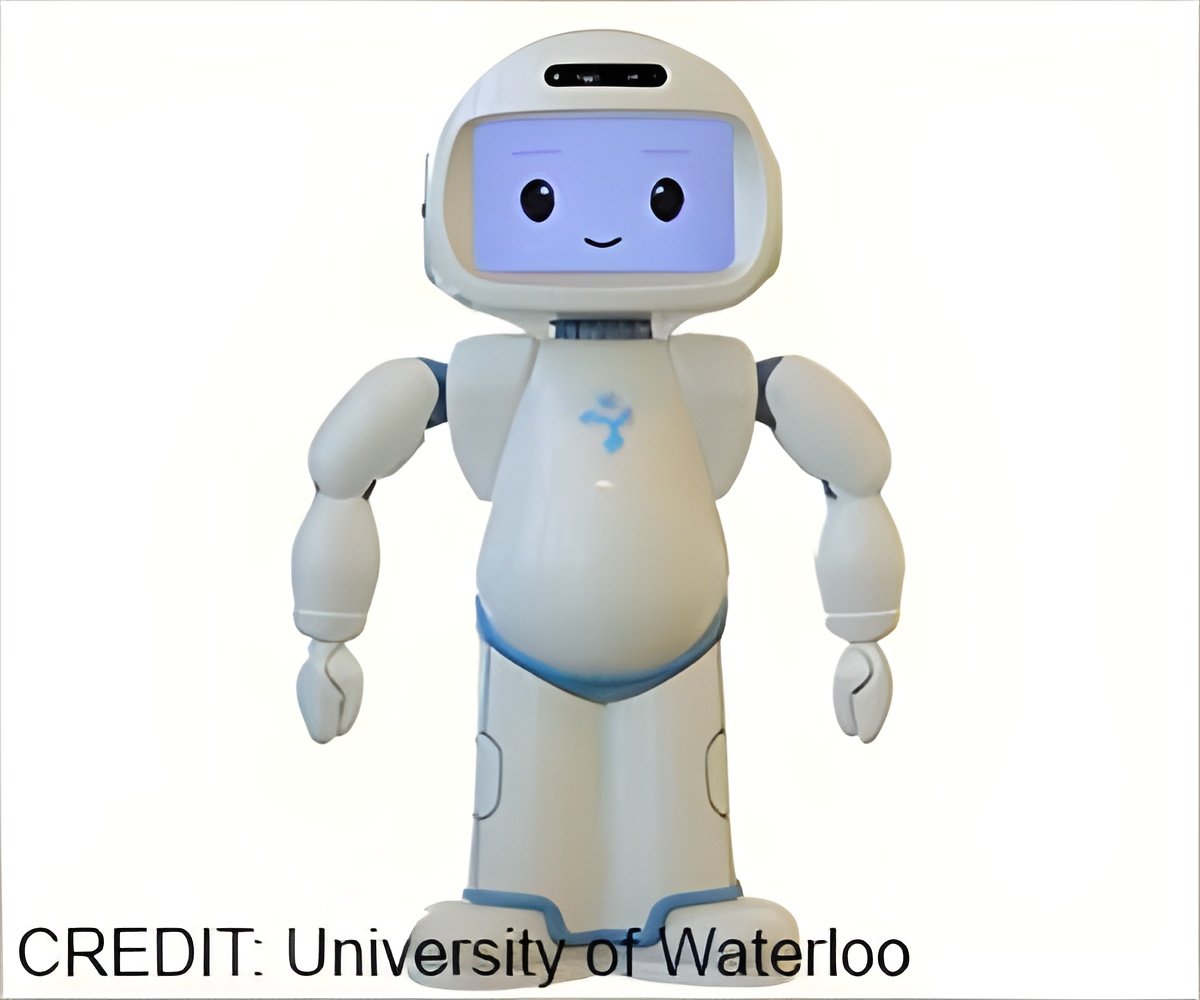How can robotics help children with learning disabilities? QT, a small humanoid robot, can now help students with learning disabilities stay focused.

TOP INSIGHT
A small humanoid robot called QT can now help children with learning disabilities stay focused on their work.
Read More..
“There is definitely a great potential for using robots in the public education system,” said Dr. Kerstin Dautenhahn, a professor of electrical and computer engineering. “Overall, the findings imply that the robot has a positive effect on students.”
Can Robotics Help Children with Learning Disabilities?
Dautenhahn has been working on robotics in the context of disability for many years and incorporates principles of equity, inclusion and diversity in research projects.Students with learning disabilities may benefit from additional learning support, such as one-on-one instruction and the use of smartphones and tablets.
Educators have in recent years explored the use of social robots to help students learn, but most often, their research has focused on children with Autism Spectrum Disorder. As a result, little work has been done on the use of socially assistive robots for students with learning disabilities.
Along with two other Waterloo engineering researchers and three experts from the Learning Disabilities Society in Vancouver, Dautenhahn decided to change this, conducting a series of tests with a small humanoid robot called QT.
Building on promising earlier research, the researchers divided 16 students with learning disabilities into two groups. In one group, students worked one-on-one with an instructor only. In the other group, the students worked one-on-one with an instructor and a QT robot. In the latter group, the instructor used a tablet to direct the robot, which then autonomously performed various activities using its speech and gestures.
Humanoid Robot for Playful Learning
Besides introducing the session, the robot set goals and provided self-regulating strategies, if necessary. If the learning process was getting off-track, the robot used strategies such as games, riddles, jokes, breathing exercises and physical movements to redirect the student back to the task.Students who worked with the robot, Dautenhahn said, “were generally more engaged with their tasks and could complete their tasks at a higher rate compared” to the students who weren’t assisted by a robot. Further studies using the robot are planned.
Source-Eurekalert
 MEDINDIA
MEDINDIA




 Email
Email





